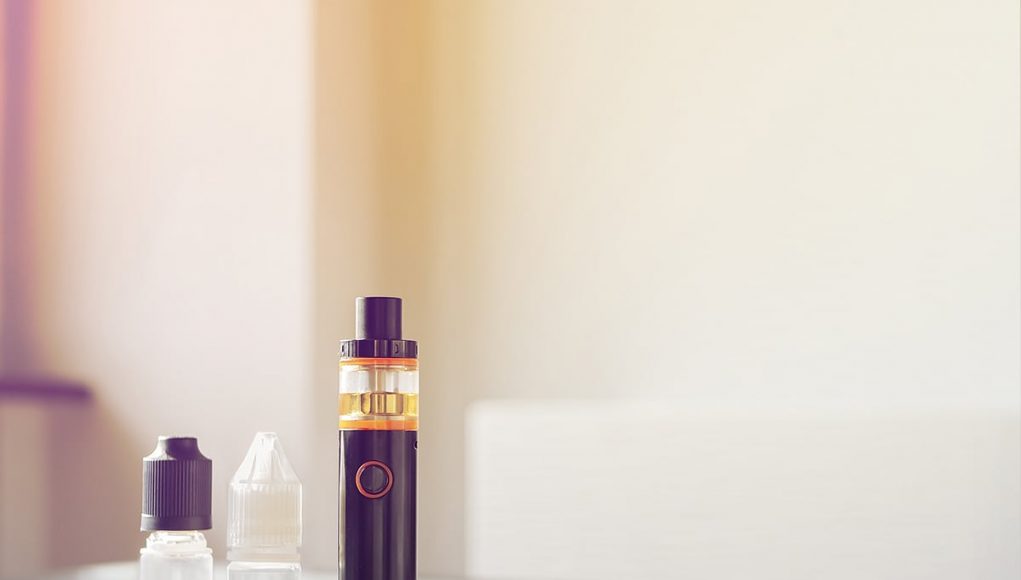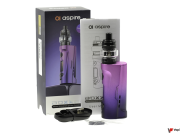In 2014 it had been reported that a child had died after drinking from an e-liquid bottle. The 2019 numbers for toddler exposure have not been published yet, however as of November 30th, the total vape-related calls to poison centers regarding people of all ages had hit 4,784.
These numbers sadly indicate that as with so many other toxic substances, many adults are not careful enough to stow them in areas that are out of children’s reach. “Many people are very concerned about their child getting into their bleach or their laundry pods,” said Robert A. Bassett, associate medical director of the Poison Control Center at CHOP. “But based on how little it takes for nicotine to be deadly for a child, nicotine has the potential to be the most lethal agent in someone’s home.”
Most symptoms from exposure resolve themselves within 4 hours
Though children who ingested e-liquid received only a small amount, initial symptoms were evident in 32% of cases. Children who did not ingest or inhale the products were less likely to develop toxicity.
Meanwhile, a recent study titled, “An epidemiologic and clinical description of e-cigarette toxicity,” looked into exposures recorded at a single US poison center, and identified two hundred sixty-five cases, including 193 children and 72 adults. The majority of both pediatric (72%; 139/193) and adult (61%; n = 44/72) exposures, involved e-liquid refill containers or fluid.
“Fifty-six percent (n = 108/193) of pediatric exposures involved ingestion of refill liquid. Though children who ingested e-liquid received only a small amount, initial symptoms were evident in 32% (n = 35/108) of cases. Children who did not ingest or inhale the products were less likely to develop toxicity. Only 2 children who were asymptomatic on initial call became symptomatic on follow-up. Most patients symptoms resolved within 4 hours,” read the study Abstract.
E-liquid exposure mostly causes mild symptoms
The researchers concluded that exposure to e-liquids mostly causes mild symptoms and rarely produces significant nicotine toxicity. In line with this, a 2012 study by Kristin Noll-Marsh, vice president of the Consumer Advocates for Smoke-free Alternatives Association (CASAA), had indicated that children’s exposure to other highly toxic chemicals, such as unregulated household products, were the ones which led to actual serious poisoning cases, not nicotine liquids.
Read Further: AJC













